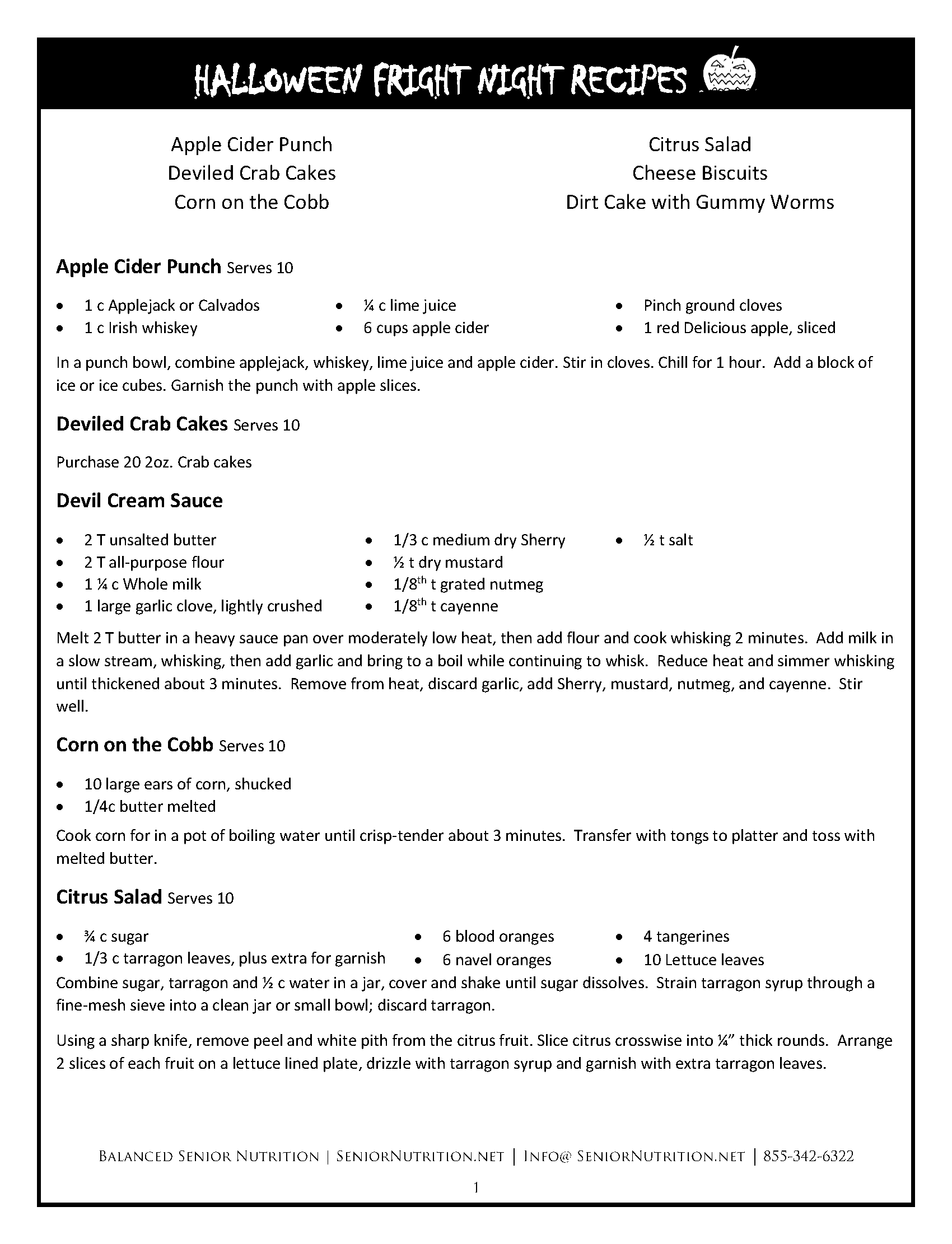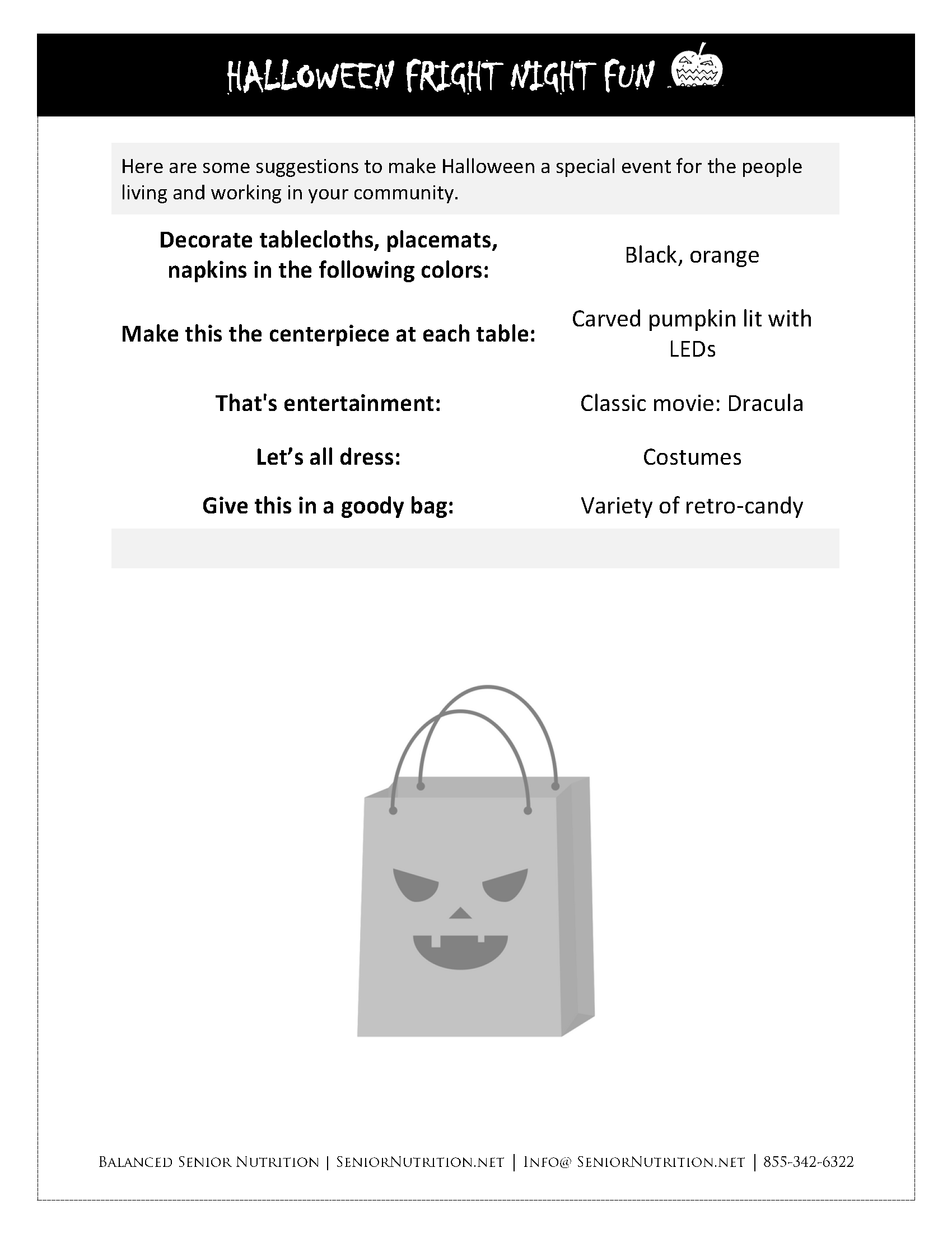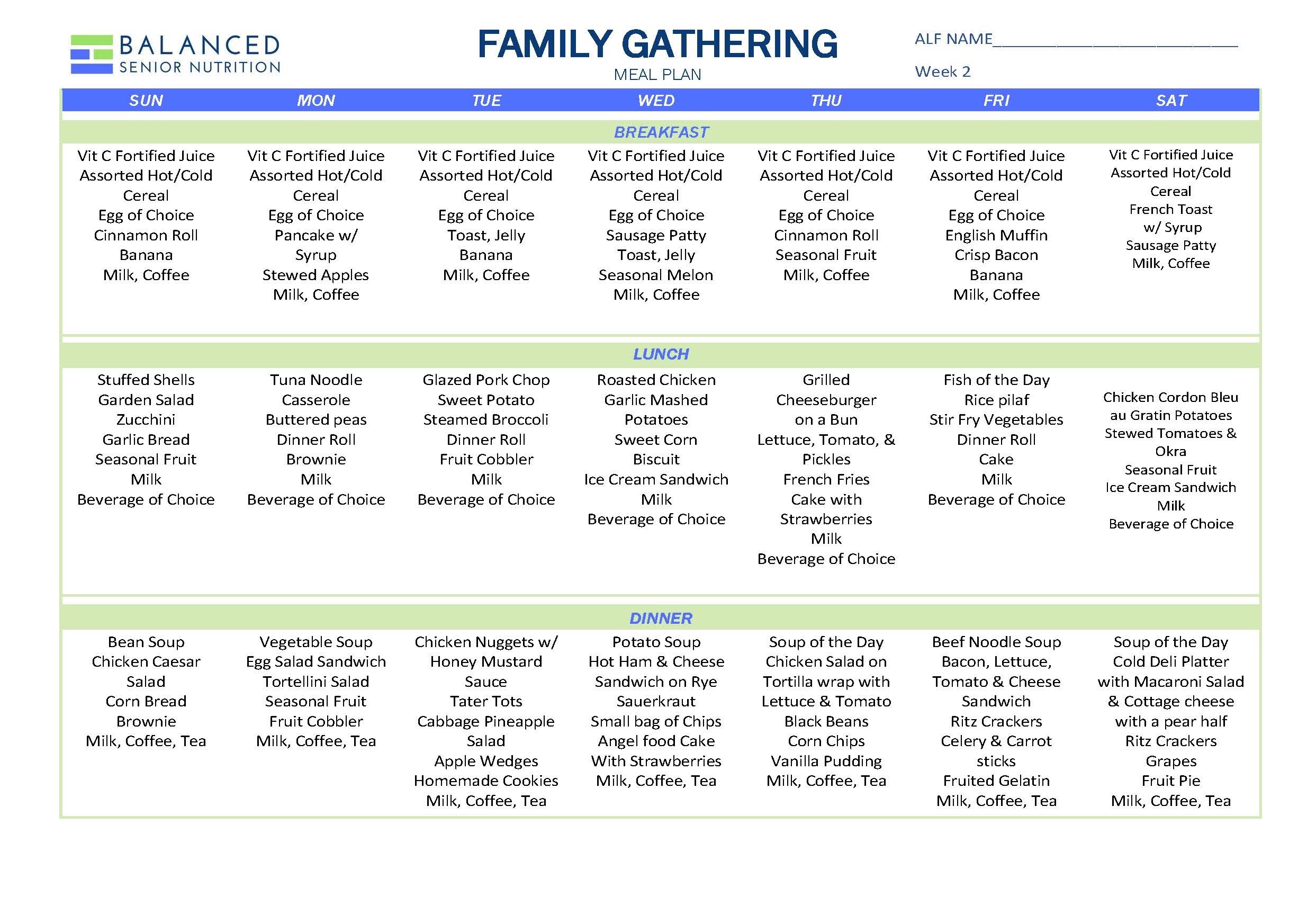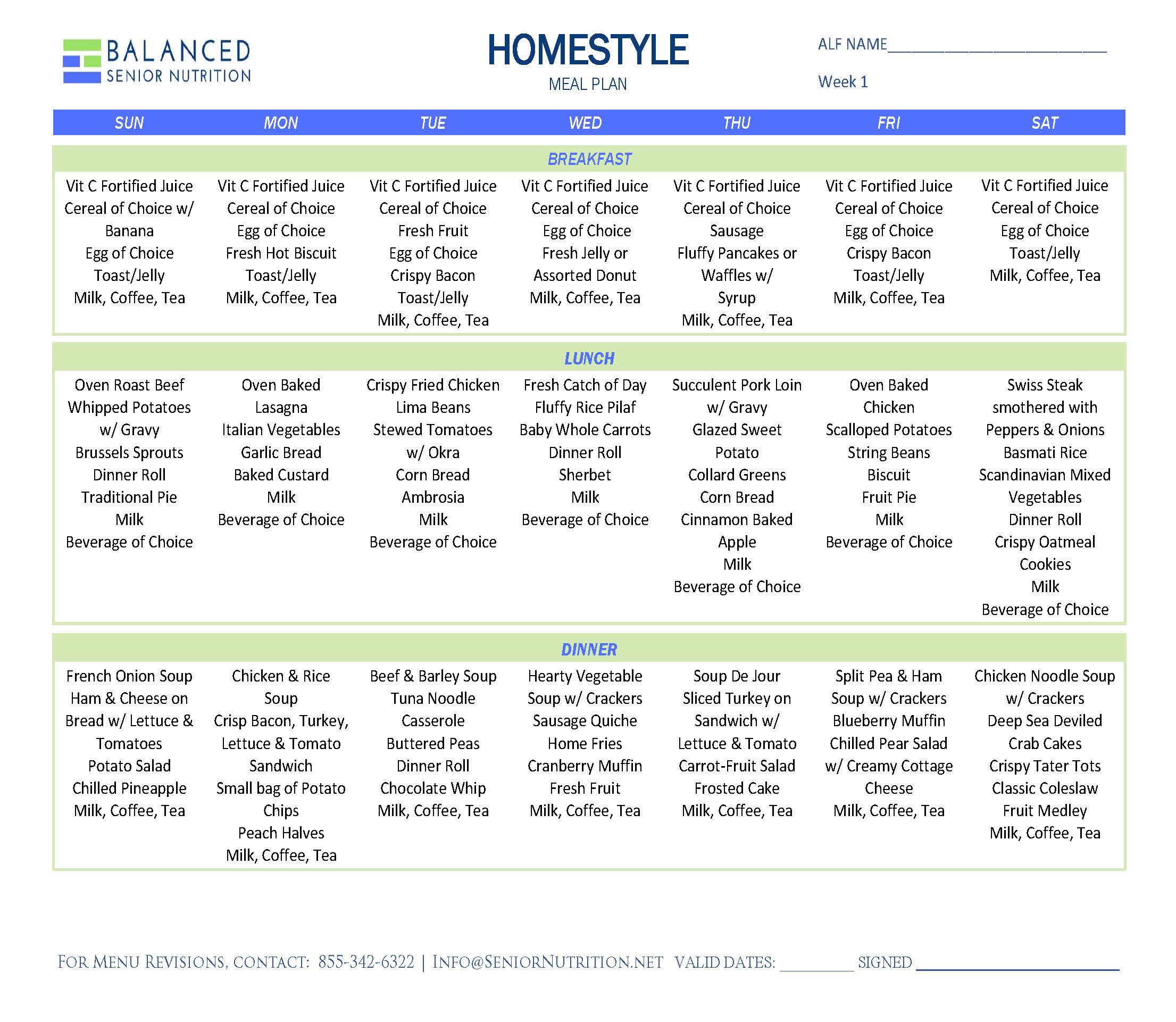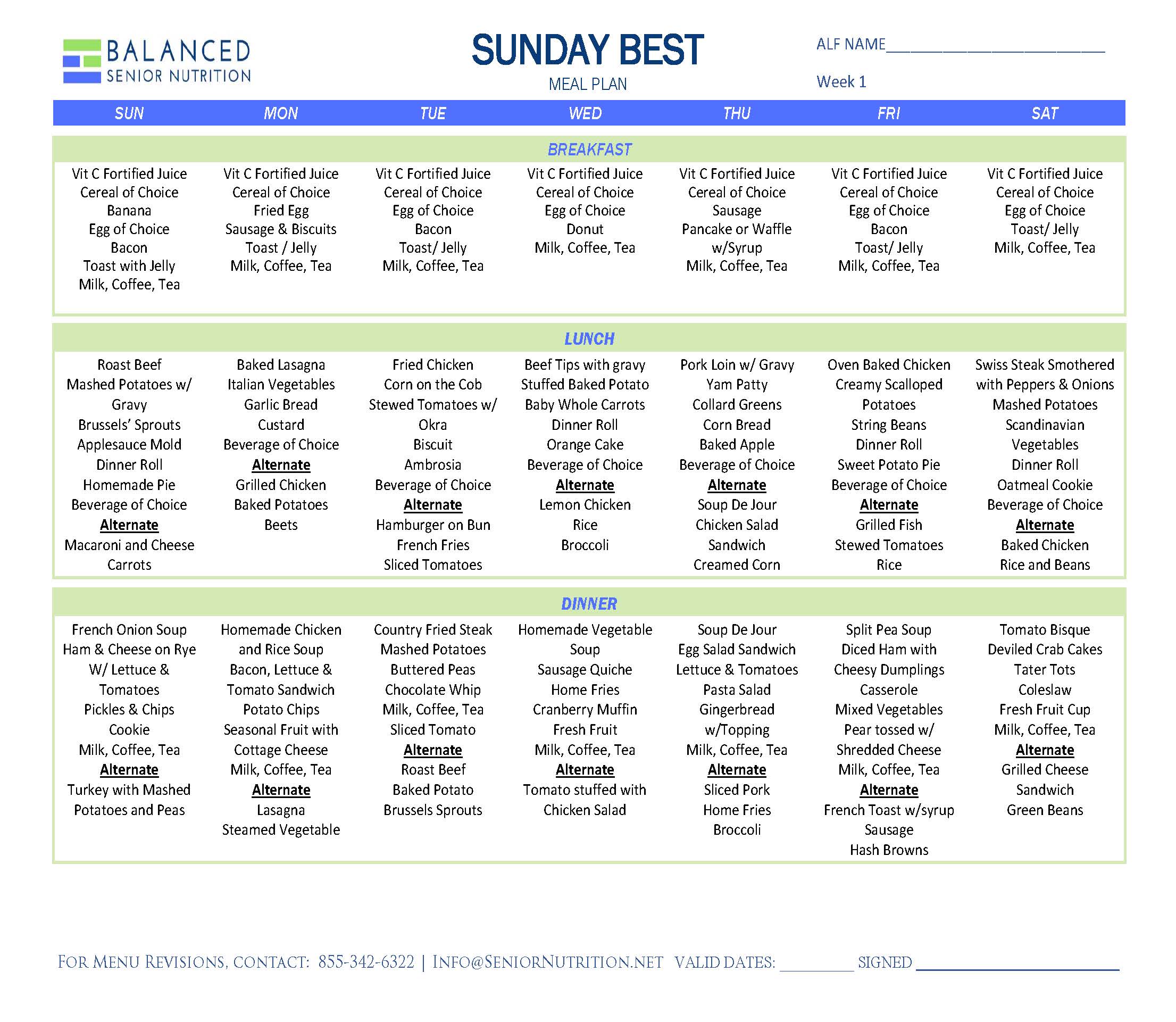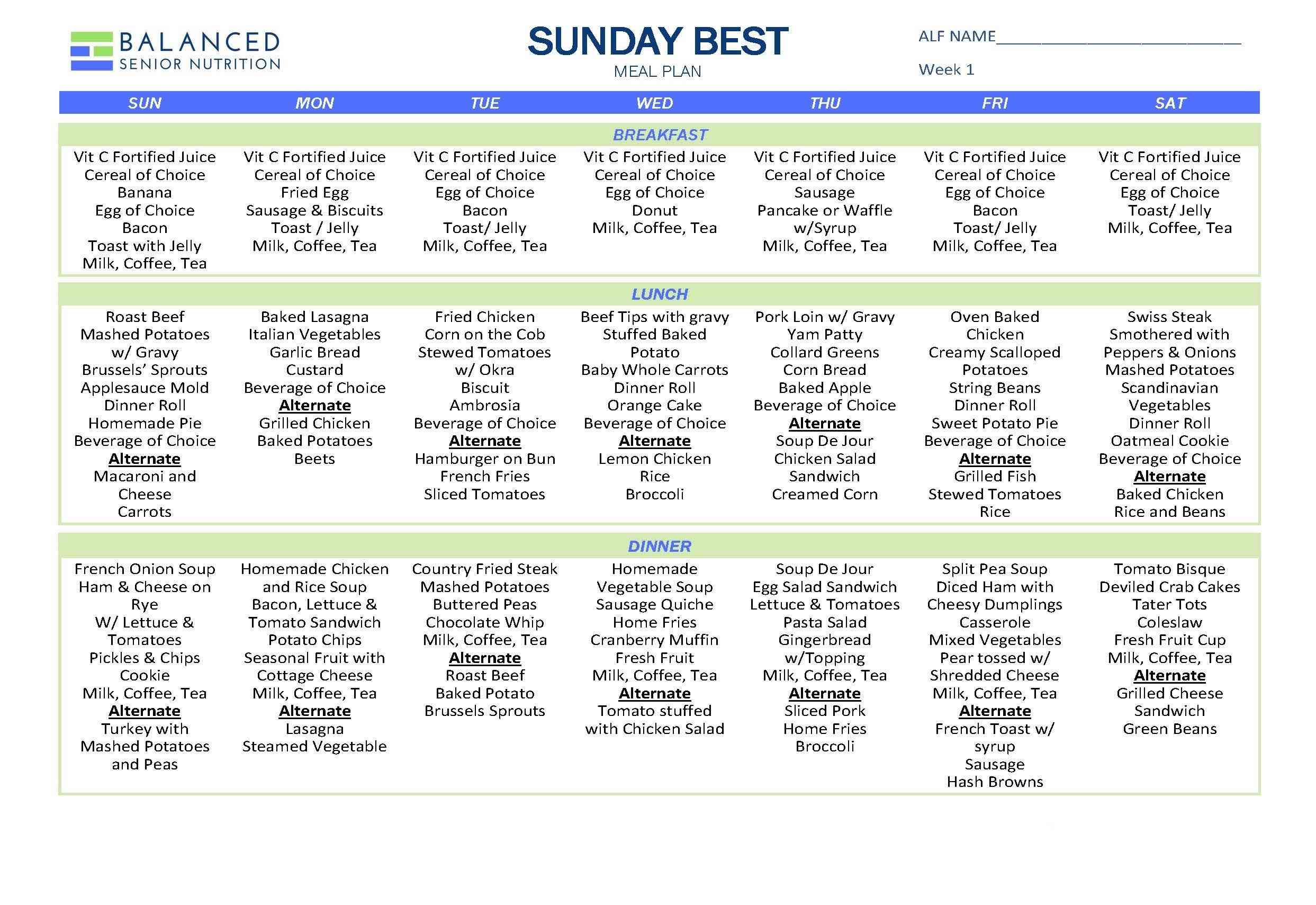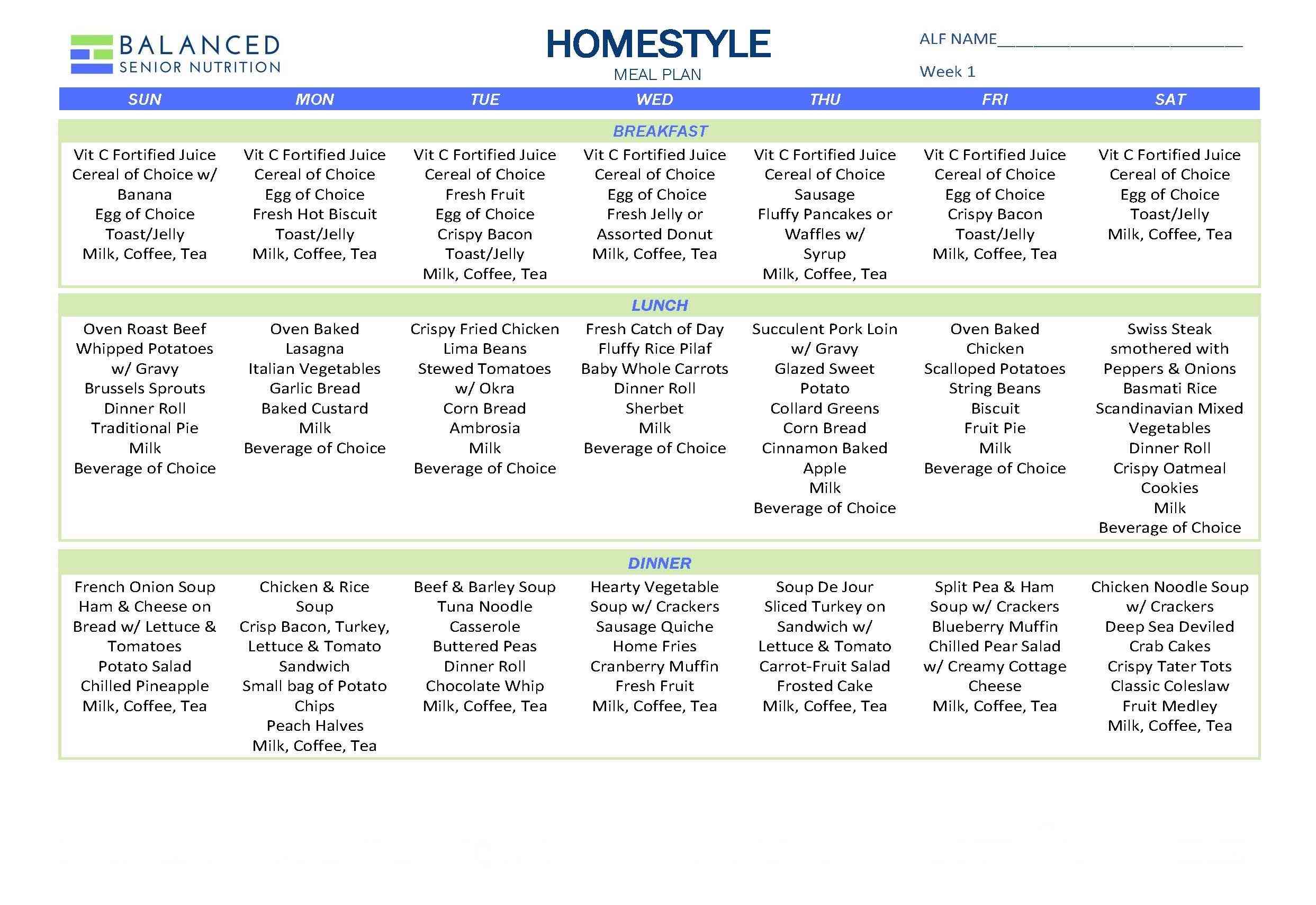Real Foods vs. High-Cost Commercial Supplements
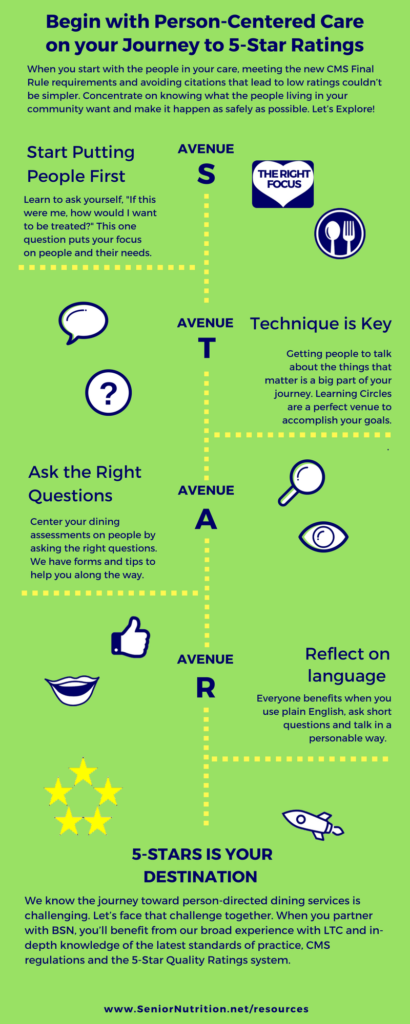
Let’s face it. Supplements are easy to use, pour and order for doctors and dietitians who need to supplement diets. That’s why dietary supplements are used for 60-80% of people in nursing homes. Just pop the top and “here you go, Betty” a nurse simply says while she is documenting the supplement offer. But though it takes less time to pop the top of a supplement can and that may translate into lower staff costs, let’s take a look at what that can of supplement really costs both you and your residents and why offering Real Foods First makes good sense for your budget and improved health outcomes.
The downsides of using commercial supplements for residents:
1) They’re just not successful. In general, liquid nutrition supplements have been shown to be only moderately successful in improving calorie intake. For better results, you would need to give care partners time to devote to delivering and then encouraging people to drink the supplements. That not only costs money but is not operatively feasible.
2) They’re wasteful. Many people don’t like the taste or the consistency of supplements so they take a sip or two and toss the rest of it in the wastebasket. Or, the same flavor is offered multiple times a day, every day and ‘flavor fatigue’ kicks in. Have you figured out the cost of supplement waste in your care center?
3) They’re expensive. The cost of a peanut butter and jelly sandwich or cookie and milk or ice cream float is pennies compared to the price of commercial supplements with equal nutritional value.
We partnered with a one of our corporate clients that owns multiple communities in the Southeast region. We took two of their buildings and switched (whenever possible) people from commercial supplements to Real Food First. We discovered an average savings of over $2,100 a year in supplement costs. And the percentage of significant weight loss dropped significantly.
People “eat” with their eyes and their noses. There’s no comparison between a warm fragrant bowl of macaroni topped with gooey protein-rich cheese and a small plastic cup filled with liquid supplement. What’s more appealing, ice cream with whipped topping and fresh fruit or a carton of liquid nutrition? By offering a choice of enriched, familiar foods that people know and love, they will more likely to get the nutritional intake that they need to keep their weight and nutrition stabilized.
Now, let’s look at the significant upside of offering Real Foods — First
- Less incidence of malnutrition. The report Malnutrition and Dehydration in Nursing Homes: Key Issues in Prevention and Treatment from the National Citizen’s Coalition for Nursing Home Reform cited one study that found as many as 85% of the elderly living in some of the nation’s more than 17,000 nursing homes are malnourished. The costs in terms of treatment, not to mention the suffering, for dealing with someone who is malnourished is huge. Simply switching to real foods first so there is less chance people will get malnourished in the first place seems like a wise choice. With the emphasis on outcomes in the new CMS rating system, it makes good business sense, too.
- Improve your ratings, enhance your income. With the new CMS five-star rating system giving three times as much weight to outcomes and intermediate outcomes, you can see where giving residents familiar foods that have been enriched and lead to better outcomes in weight management can have a tremendous impact on your community’s rating. You can bet these ratings are going to matter in how baby boomers pick a community for themselves or their parents. In addition, nursing homes may not even be able to obtain sufficient referrals or receive Medicare and Medicaid funding if they do not have at least a 3-star rating. How much money will that cost your community if your outcomes are not meeting the requirements?
- Reduce costs, increase satisfaction. Real foods cost less than commercial supplements, especially the homemade kind like cookies and puddings. With the money saved from fewer supplements, communities can hire a baker or purchase more fresh fruits and vegetables and ingredients to serve creative snacks, thereby increasing resident satisfaction. Another one of the five broad categories that affect your community’s rating is personal complaints. Giving people the snacks and meals that they truly want, will go a long way to reducing food complaints.
The subject of supplements is so important, we included a section called “The Skinny on Supplements” in our step-by-step guide on diet liberalization, The Inside Scoop on Informed Choice. As I was writing this blog, I went back to review that section and found something that I thought would be of interest and that is the difference between fortified foods, enriched foods, and enhanced foods. Many people think these terms mean the same thing and in the sense that each term means adding additional nutrition to foods and beverages they are correct. However, there are differences. “Fortified foods” are foods like breakfast cereal to which manufacturers add macronutrients like vitamins and minerals. “Enriched foods” means that nutrients lost in processing have been added back into the food by the manufacturer, like cereals and breads. “Enhanced foods” are foods that enhance their nutritional value (calories and/or nutrients by adding other foods to them, such as putting heavy cream in mashed potatoes to get more calories or adding extra cheese to the mac & cheese for extra calories and protein.)
As you can see, reducing the use of liquid nutritional supplements can be a Win-Win situation. With “outcomes” being part of the new CMS Five-Star Ratings, it is essential for communities to explore the options when it comes to providing real foods first instead of reaching for the bottle or can. To start you on your way, we would like to give you a free copy of our Tip Sheet on providing real foods alternatives for the most common commercial supplements used.
Lastly, if supplements must be used, consider stop dates to ensure there is a review completed, based on the resident’s needs and preferences. Also, attempt to serve at very cold temperatures, serve a variety of flavors and serve in attractive and colorful glasses or cups.


